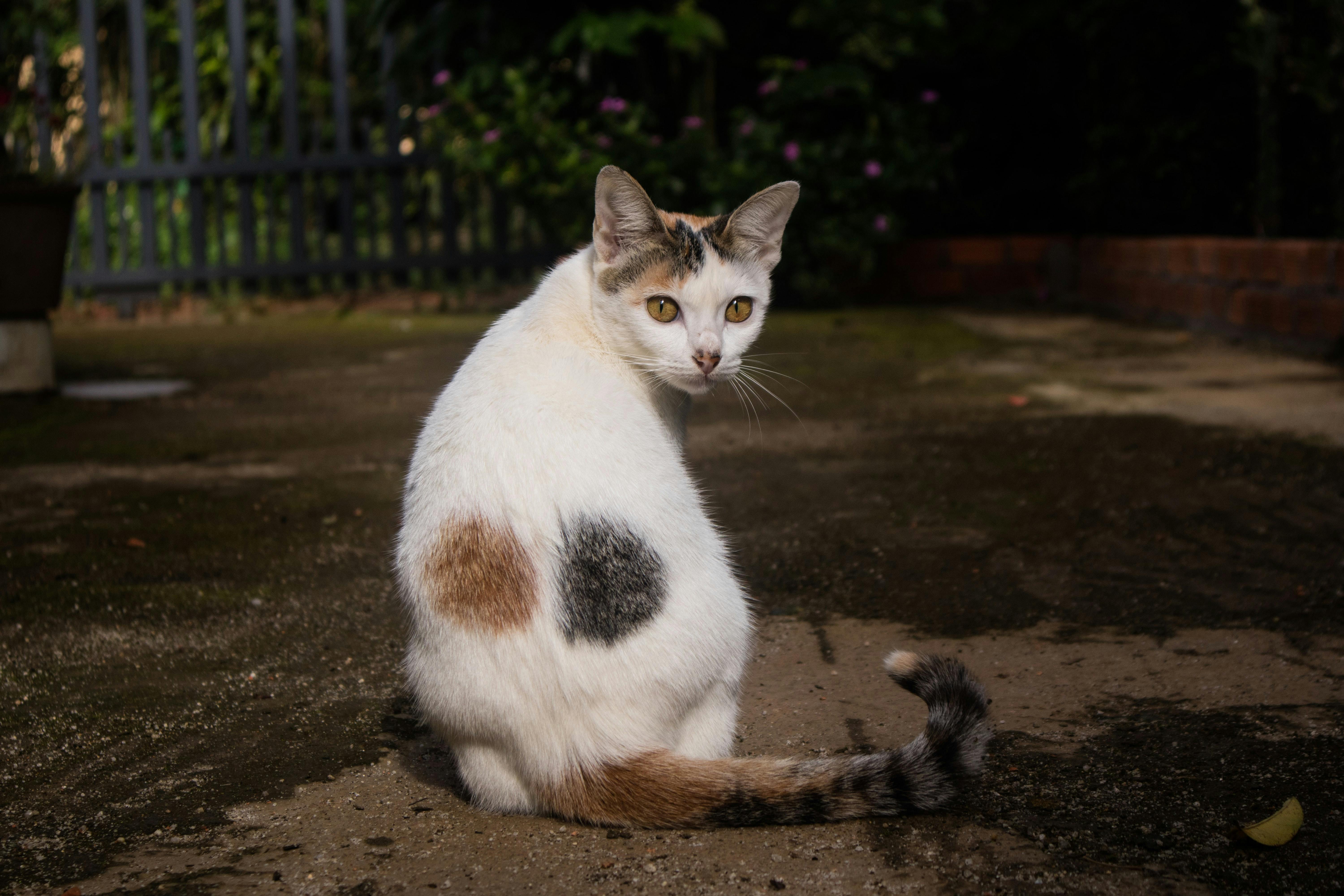- Home
- Dog Wellness
- How to Build a Cat-Friendly Shelter for Feral Cats

By Leslie Ingraham
Published: 07/22/2021, edited: 08/10/2021
More articles by Leslie Ingraham
Save on pet insurance for your pet
You don't have to choose between your pet and your wallet when it comes to expensive vet visits. Prepare ahead of time for unexpected vet bills by finding the pawfect pet insurance.
A lack of food, water and shelter may drive feral cats far from their colonies more often to get what they need. With no access to medical care, unneutered ferals continue to breed, making the population problem worse. It’s thought that 70 million feral cats live in the U.S., and many die from starvation, exposure and illness.
- A large plastic container (about 30 gallons)
- A smaller (20-gallon) container
- A marker
- A hand-held hair dryer
- Scissors or a boxcutter
- A thin piece of styrofoam to fit the bottom of the smaller container
- A plastic flower pot
- Dry, loose straw for insulation and bedding
- Hold the bottom of the flowerpot against one short end of the large tub, a few inches from the bottom.
- Using the marker, draw the outline of the flowerpot’s bottom.
- Using the hairdryer, soften the area of the outline to make it easier to cut.
- Cut around the outline with scissors or a box cutter.
- Place the smaller tub inside the large one, and lining up their ends, mark the small one with the marker, using the hole in the large bin as a guide.
- Cut the second container as you did the first.
- Line the bottom of the large container with straw for insulation.
- Pace the smaller tub inside the large one.
- Place the thin piece of styrofoam on the floor of the small tub.
- Line the small bin with straw, and place as much straw as you can in the space between the bins (crumpled newspaper works, too).
- Fill the small tub with a generous amount of straw for the cats’ bedding (Note: don’t use hay — it will get damp and moldy).
- Cut the bottom out of the flowerpot.
- Line up the bins and push the flowerpot, bottom first, into the two holes you made (you may have to trim around the holes a little).
- Put the small container lid on, then the large one.
- Raise the feral cat shelter on bricks or other material to prevent flooding in case of rain.
- You’re done! Congratulations!
- Styrofoam container, large enough to accommodate two to three cats curled up
- A box cutter or utility knife
- Silicone glue
- Deck paint for camouflage
- Using the utility knife, cut an opening 6 x 6 inches in one end of the box, approximately 6 inches up from the bottom.
- Line the floor of the box with straw or crumpled newspapers.
- Attach the top of the box to the bottom using silicone glue to seal and waterproof it.
- Paint the box in a color that will help camouflage it.
- Place the box away from the house but close enough so it can be checked periodically and the bedding changed.
- Weigh it down with bricks or similar objects, but not too heavy so that the styrofoam breaks. They can be put inside at the far end under the bedding as well.
- Place the feral cat shelter close to a fence, facing it, to prevent other critters from getting inside.
- Don’t put a water bowl inside the shelter but keep one nearby.
- Raise the shelter approximately 4 to 6 inches off the ground with 4x4s or bricks.
- If possible, make an awning out of two driveway markers or sticks, a small sheet of plastic and heavy staples.
- Don’t place food inside the shelter, but outside on the ground or a walkway.
- Set up your shelter for feral cats away from the house to provide the cats with a sense of security.

